Arthur Parkinson: ‘I want my chicken coop to look like the one from “Far from the Maddening Crowd”’
In his second instalment of all things chicken keeping, our columnist outlines the dos and don'ts of hen house maintenance.
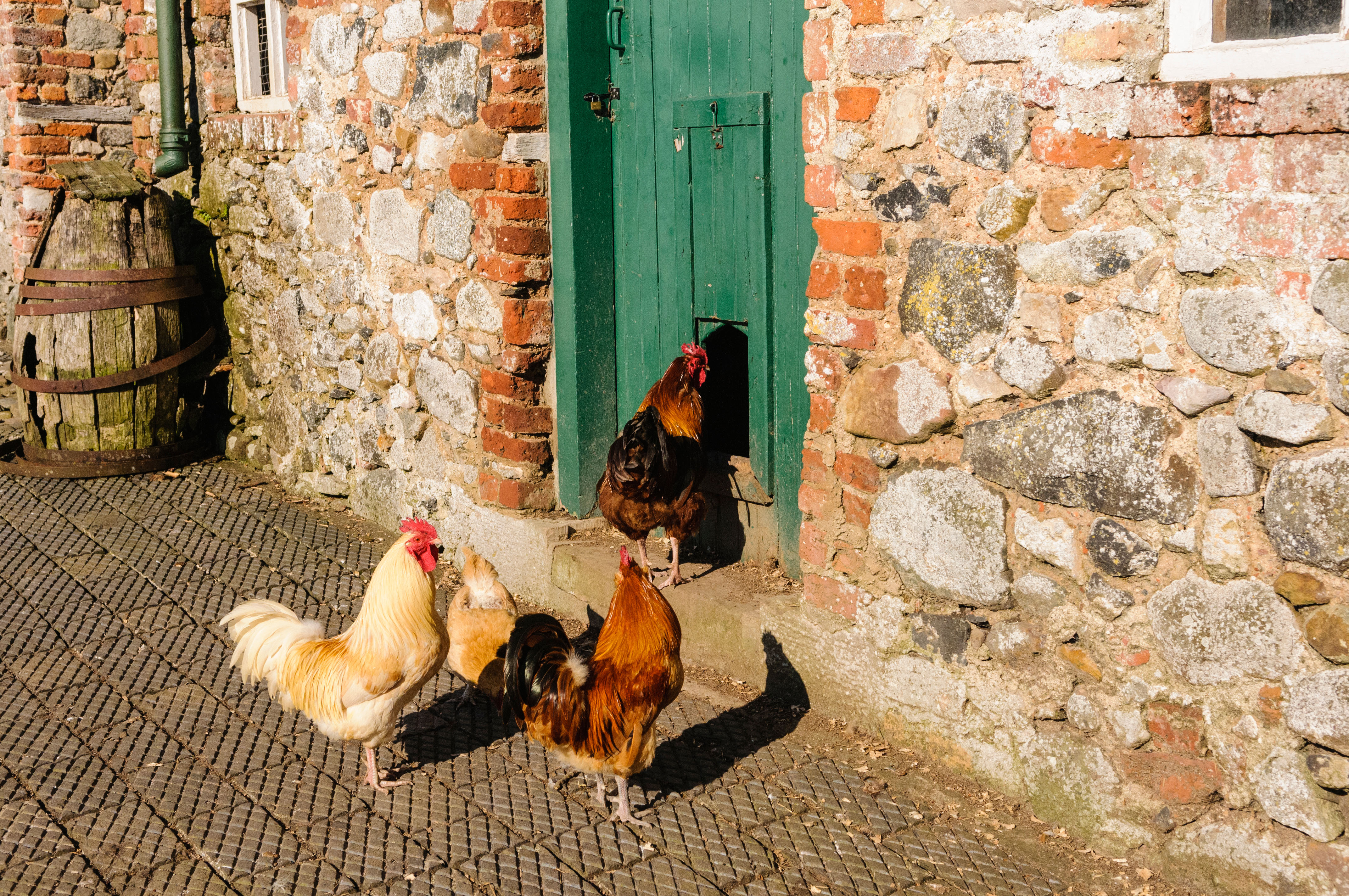
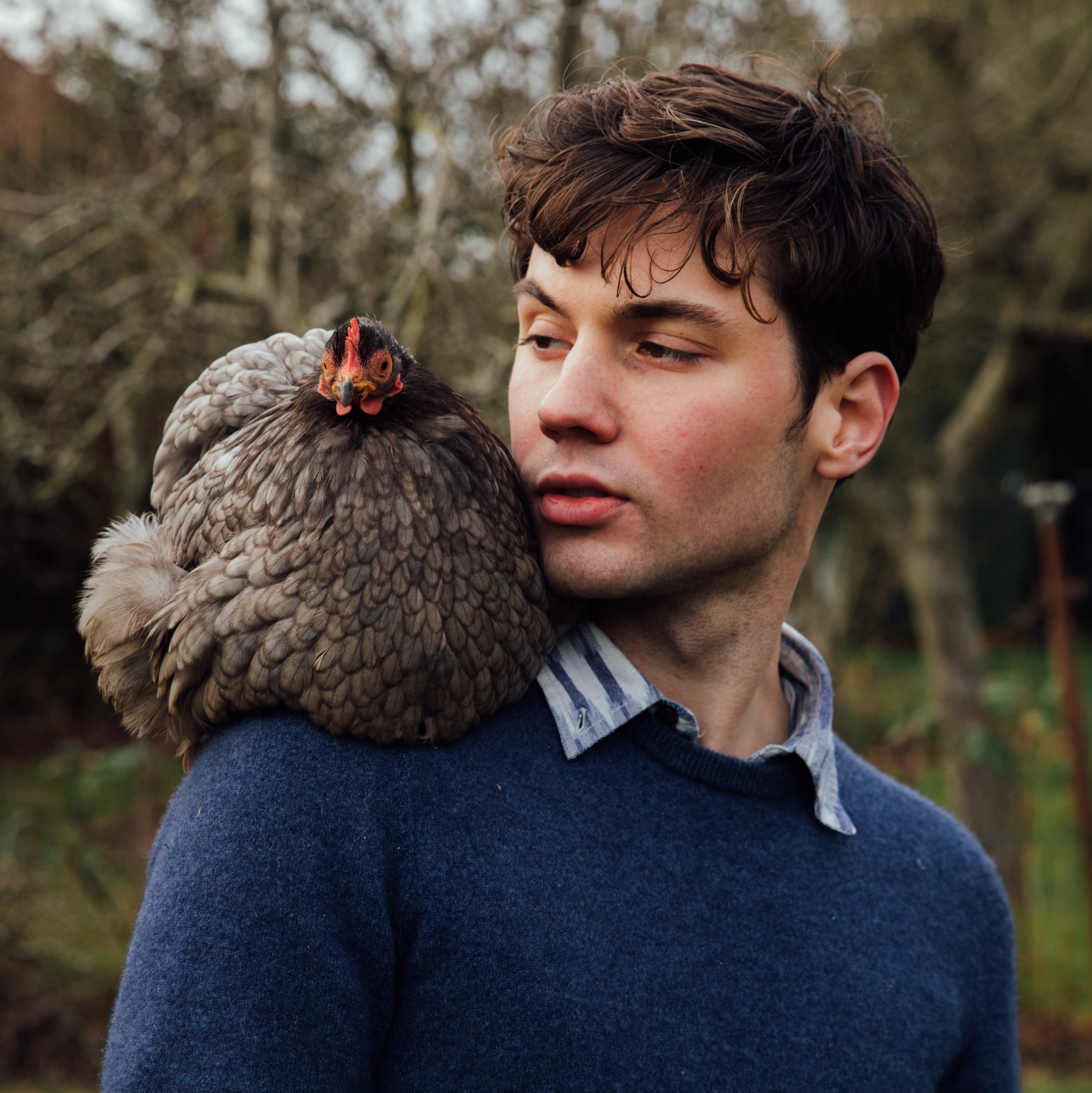
There should be something very cosy about a hen house. If you can’t imagine — admittedly as a last resort — bedding down with your hens for the night in a lost-house-keys emergency, then you need to up your chicken cleaning regime.
The thing about having, and maintaining, a pleasant poultry house is that it must be practical. If cleaning your hens out is easy to do then you’re far more likely to do it regularly. I probably over indulge my hens, in all honesty. I treat their hen house more like a horse's stable, removing the droppings each day when I check on them to keep their home smelling fresh. Although this isn’t strictly necessary, to me it is common sense.
Hens digest their food as they sleep, and so produce a large amount of manure during the night. A removable tray, known as a droppings board, that sits underneath their perches, allows for a quick daily scraping out of this precious nitrogen-rich resource.
Personally, I don’t mind the droppings chickens create — either white and dark-brown offerings or treacly caramel messes — but perhaps this is because, as a gardener, I know their values.
Like the saying goes, where there’s muck, there’s brass and chicken droppings, after being properly composted, are valuable as a rich feed for plants such as sweet peas.
A paint scraper is another essential tool when cleaning out a hen house, along with a reliable dust pan and brush. I should probably also add a surgical face mask to the list, but foolishly I can’t get into the habit of this myself. A good barrier face cream, if you aren’t wearing a mask, is probably a good idea to protect your skin from the dust, at least.
If there is a plug socket nearby — which I admit, there often aren’t near a chicken coop — then consider the monthly employment of an old Henry hoover. Any hoover with a circular tube attachment will do — it’s nozzle will make wonderful work of cleaning all the dust and chaff from the nooks and crannies.
Sign up for the Country Life Newsletter
Exquisite houses, the beauty of Nature, and how to get the most from your life, straight to your inbox.
Another tip: in terms of ensuring that the hens roost on their perches, it’s important to remember that these always need to be higher than the nesting boxes. Dirty nesting boxes result in dirty eggs!
My nan, Min, used to fondly remember the traditional job of creosoting and lime-washing her father’s henhouse. I like to paint the insides of mine with a white limewash-based paint, as this is far less toxic and dries quickly. The purpose of this effort, past and present, is to seal the wood and make it less welcoming to the biggest plague of hens going: the nocturnal and parasitic red mite.
These pin-sized little beasts come out from under the hens' perches at dusk to feed on chicken blood. If your hen house is dirty then these parasites will silently but quickly reach plague-like levels, especially in warm weather. They cause the hens not only great discomfort, but also often give them anaemia and eventually kill them. Disgruntled hen behaviour at dusk, pale combs, a lack of feathers around their bottoms and reduced laying are all signs of red mites — plus you might feel yourself itching after entering their coop. The mites cannot live on, thank God, but will sense our body heat and quickly awaken to investigate.
Plastic hen house designs, designed to be lower maintenance have boomed in recent years, and admittedly harbour red mites less than wooden ones with their smooth surfaces offering the mites fewer places to infest.
A post shared by Arthur Parkinson (@arthurparkinson_)
A photo posted by on
Personally, however, I think most of these modern designs look like garishly-coloured spaceships and, out of this visual snobbery, I have never owned one. I envisage my chicken keeping set-up to look like a vision from Far from the Maddening Crowd, not Legoland. I was delighted, though, to discover the most chic of modern hen houses this spring, made by Heritage Hen Huts. Steve and Emma Jackson’s black hen wagons on wheels, with their curving roofs, look splendid. They also have clever nesting boxes where the eggs laid within roll down into a collectable external tray. The huts meet the criteria of both being visually romantic and modernly practical. I’m saving up for one for my flock of cream Legbar hens.
I have opted for wooden hen houses from the Domestic Fowl Trust in the past, however, and their tried and tested designs will set up hens up very well indeed. The company employs a carpenter called Greg who will deliver and assemble your hen house with a smile, rather than leaving you with a nightmarish flat pack delivery.
If you are converting a stable block or shed then make the nesting boxes and perches easy to access and to remove to aid quick and easy cleaning. Sprinkle food grade diatomaceous earth under the perches and in the nesting boxes to keep red mites at bay. As a further matter of precaution, I also use a natural peppermint spray created by George’s Chicken Remedies weekly.
A common fault of overly-fancy hen house designs is that they have far too many nesting boxes. Often the hens will all opt to lay in the same box, usually the darkest one, as hens need to feel secluded during laying. One nesting box per 3 hens will be ample. Communal nesting boxes (those without partitions) normally lessen the chance of raised feathers and unnecessary arguments. Another thing to avoid are wicker baskets, which look pretty but quickly become filthy. Easily washed out, a medium sized plastic office waste bin, placed on its sides, is much easier to clean and will do a better job to boot.
In terms of the bedding that the boxes are filled with, and for the floor of the hen house, I like to use chopped straw — the posh sort, that smells divine. The brand I like the most is ChickSoft. It comes in compressed bales, is very absorbent and composts quickly. It’s so wonderfully light and fluffy that — should the need arise — I’d happily nest in it myself for the night.
Arthur Parkinson writes a monthly column about chickens for Country Life Online. You can find all of his other scribbles, here.
Arthur Parkinson is a gardener, writer and broadcaster. He trained at the Royal Botanical Gardens, Kew before working for Sarah Raven and as the head gardener at the Emma Bridgewater factory garden. He is the author of four books including 'Flower Yard: Growing Flamboyant Flowers in Containers'.
-
 Splash! A Century of Swimming and Style: A whistle-stop history, from the Roman Baths to Hampstead Heath
Splash! A Century of Swimming and Style: A whistle-stop history, from the Roman Baths to Hampstead HeathEmma Hughes dives into swimming's hidden depths at the Design Museum's exhibit in London.
By Emma Hughes
-
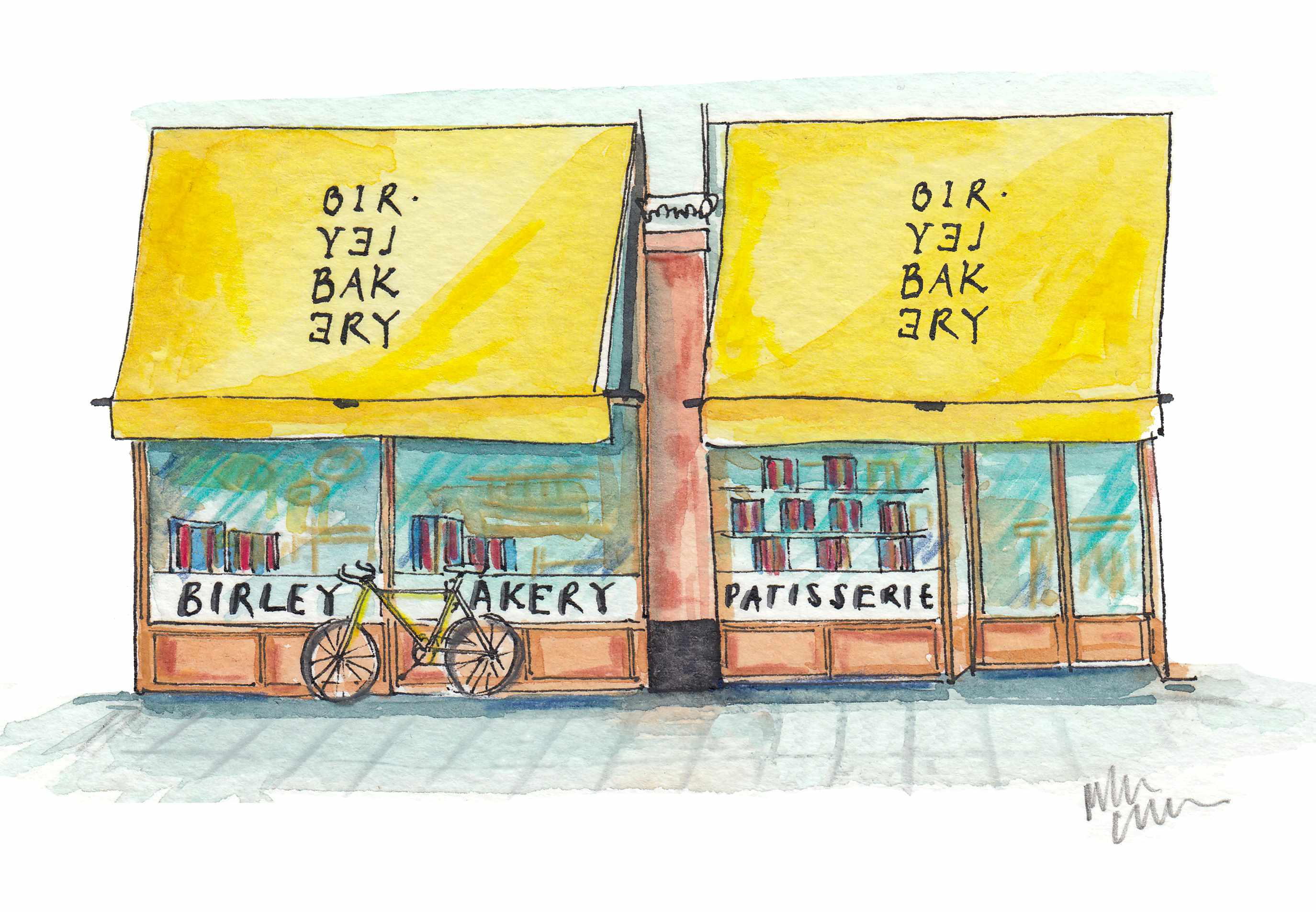 'That’s the real recipe for creating emotion': Birley Bakery's Vincent Zanardi's consuming passions
'That’s the real recipe for creating emotion': Birley Bakery's Vincent Zanardi's consuming passionsVincent Zanardi reveals the present from his grandfather that he'd never sell and his most memorable meal.
By Rosie Paterson
-
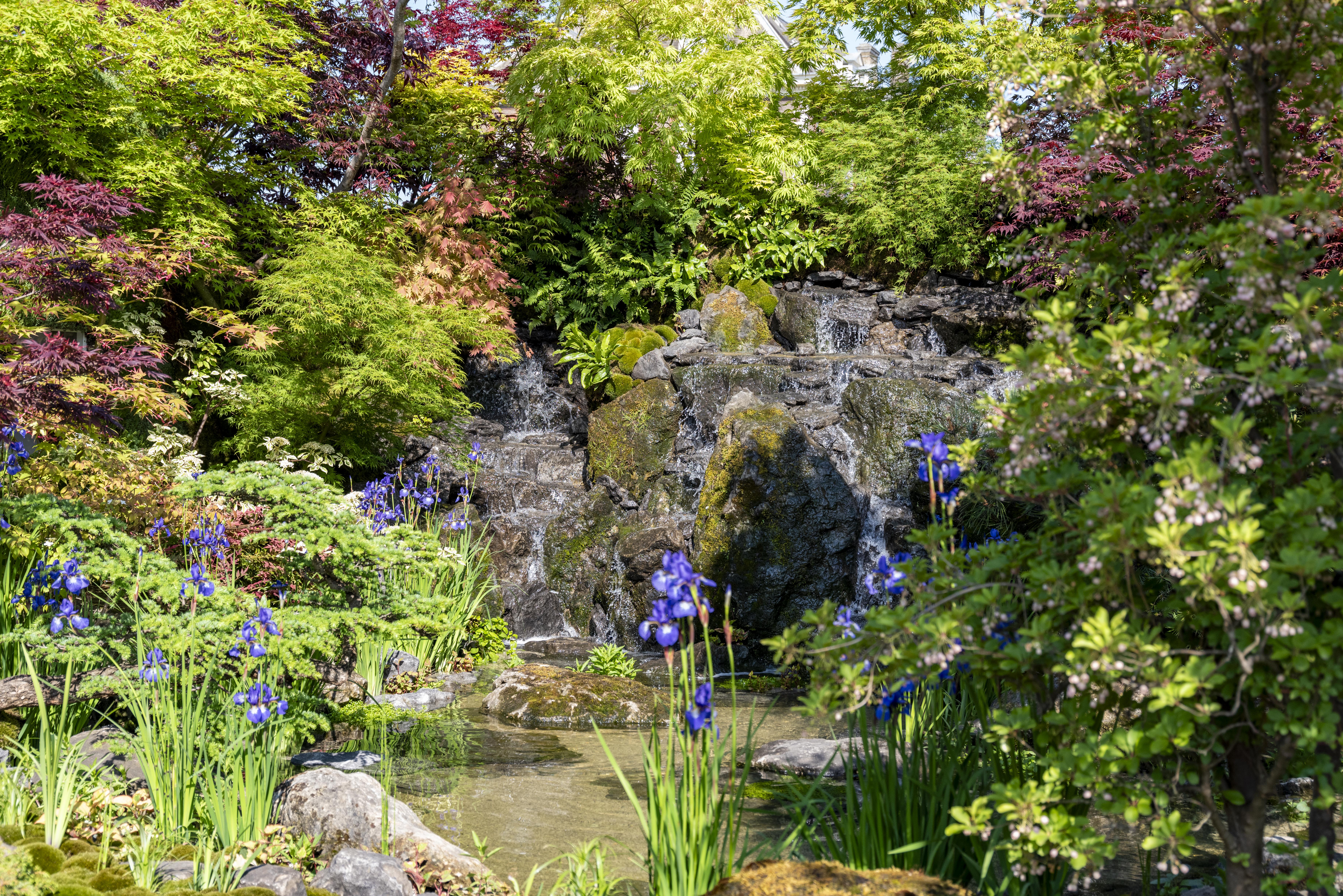 RHS Chelsea Flower Show: Everything you need to know, plus our top tips and tricks
RHS Chelsea Flower Show: Everything you need to know, plus our top tips and tricksCountry Life editors and contributor share their tips and tricks for making the most of Chelsea.
By Amie Elizabeth White
-
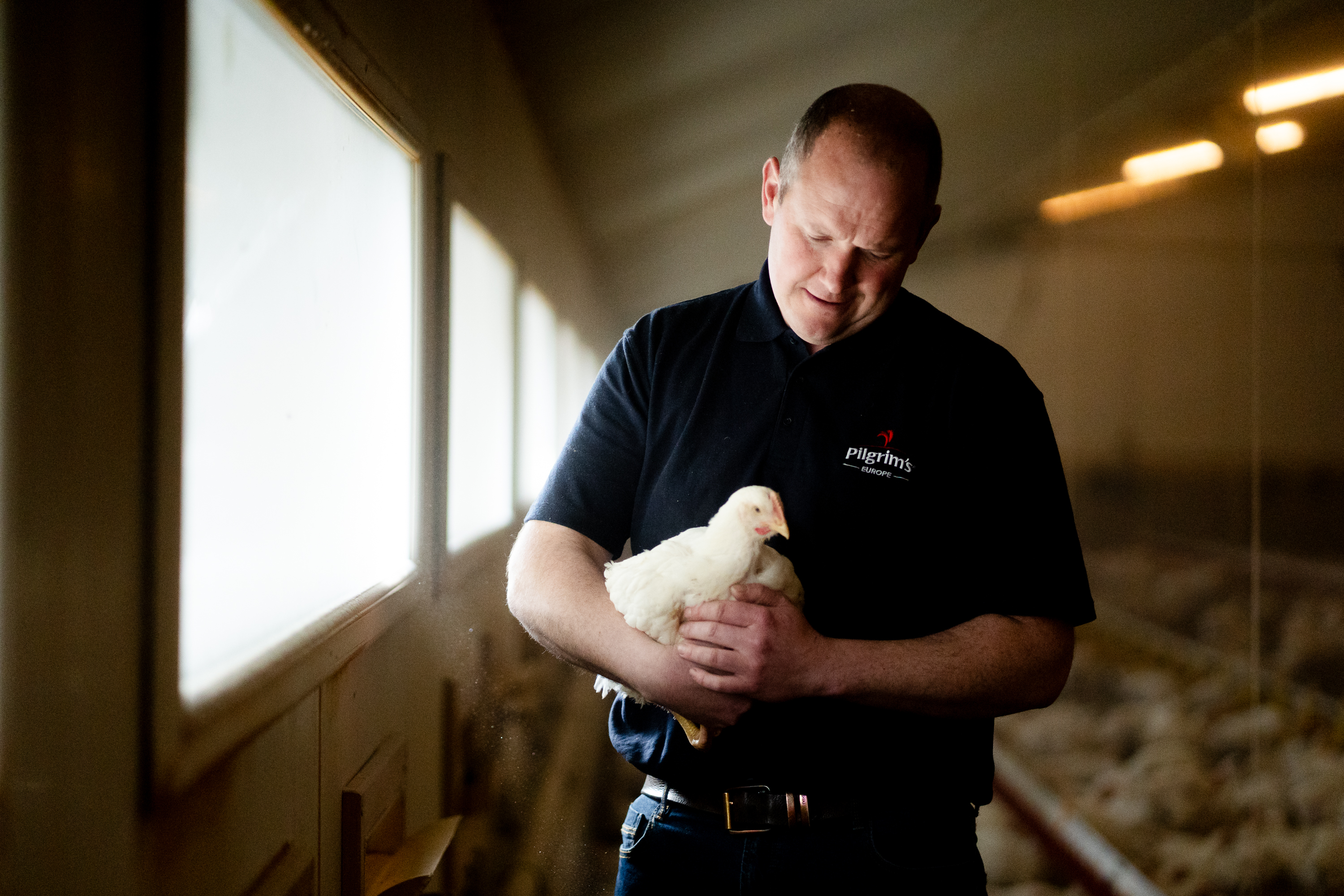 What the cluck? Waitrose announces ‘trailblazing’ pledge to help improve chicken welfare standards
What the cluck? Waitrose announces ‘trailblazing’ pledge to help improve chicken welfare standardsWaitrose has signed up to the Better Chicken Commitment, but does the scheme leave Britain open to inferior imports?
By Jane Wheatley
-
 Having a ruff day: Kennel Club exhibition highlights the plight of vulnerable spaniel breeds
Having a ruff day: Kennel Club exhibition highlights the plight of vulnerable spaniel breedsPhotographer Melody Fisher has been travelling the UK taking photographs of ‘vulnerable’ spaniel breeds.
By Annunciata Elwes
-
 'There is nothing like it on this side of Arcadia': Hampshire's Grange Festival is making radical changes ahead of the 2025 country-house opera season
'There is nothing like it on this side of Arcadia': Hampshire's Grange Festival is making radical changes ahead of the 2025 country-house opera seasonBy Annunciata Elwes
-
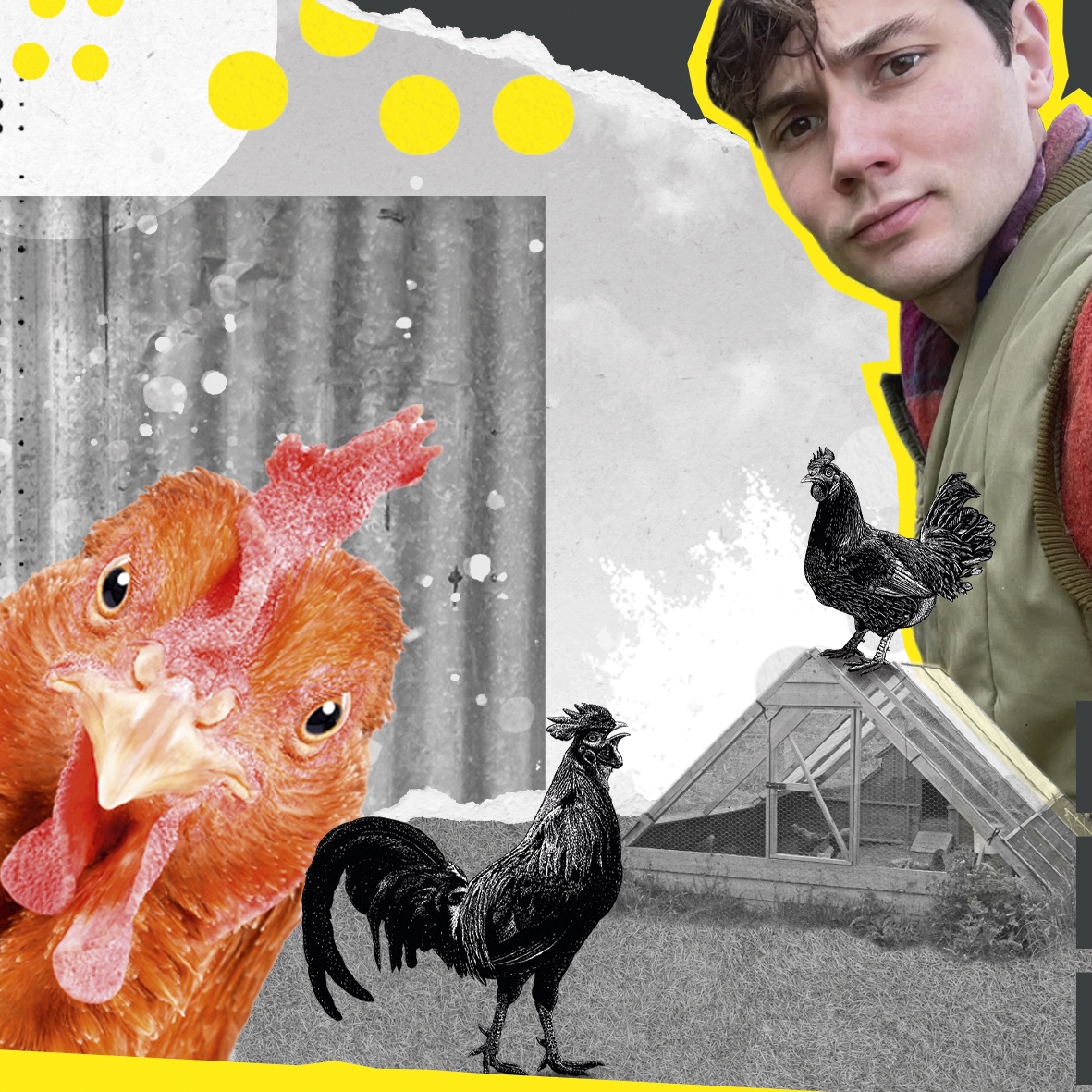 Arthur Parkinson: I am a cleaner, security guard and matron to my happy hens
Arthur Parkinson: I am a cleaner, security guard and matron to my happy hensIn his first regular chicken-keeping column for ‘Country Life’, Arthur Parkinson introduces his brood and touches on the importance of good housekeeping.
By Arthur Parkinson
-
 Is anyone more superstitious than a sports star?
Is anyone more superstitious than a sports star?When it comes to worrying about omens and portents, nobody gets quite so worked up as our sportsmen and women.
By Harry Pearson
-
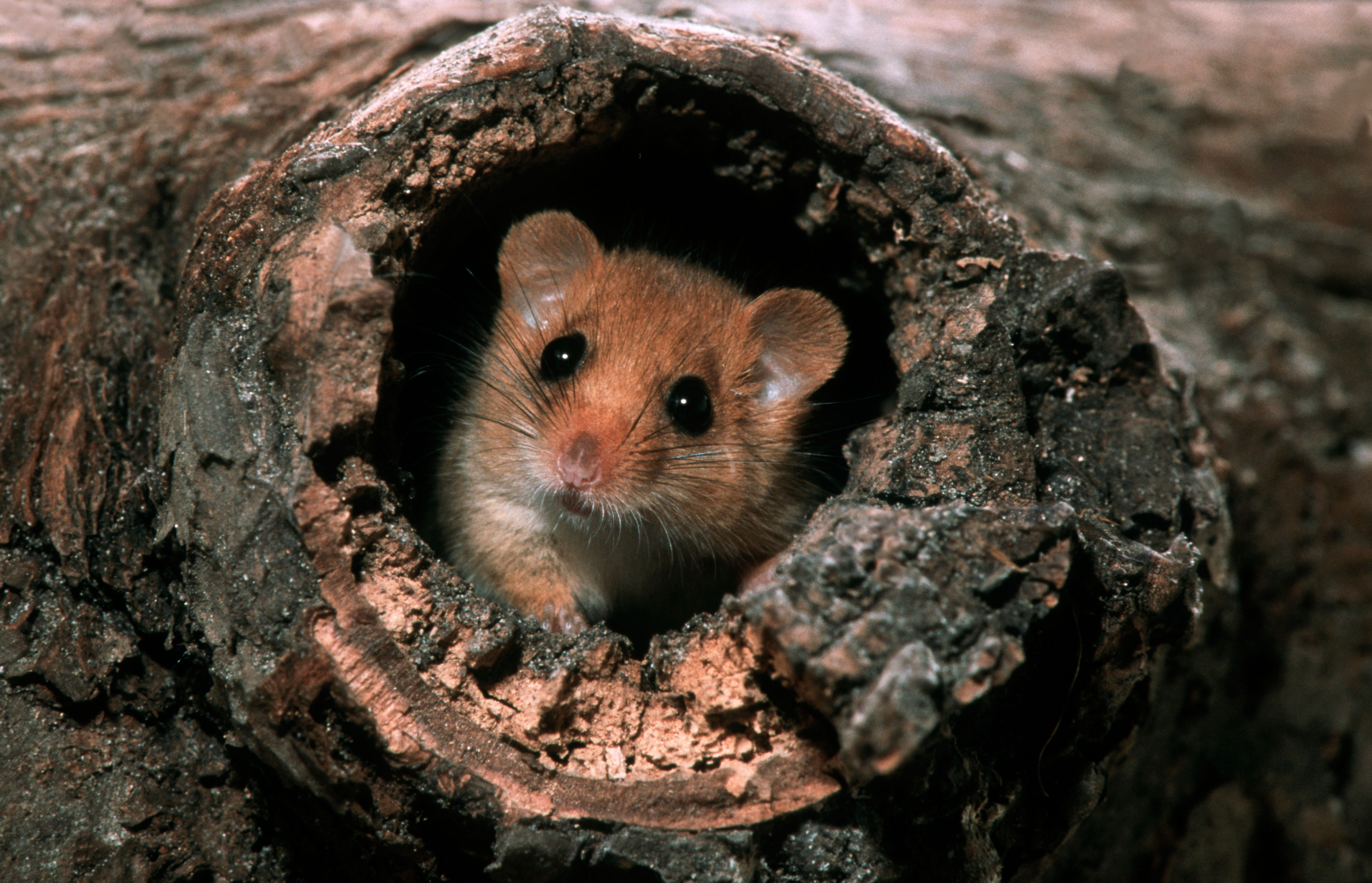 The humble hazel dormouse — 'the flagship species of the health of our countryside'
The humble hazel dormouse — 'the flagship species of the health of our countryside'The sleepy and very sweet hazel dormouse is one of Britain's rarest mammals.
By Jack Watkins
-
 The grass is always greener: Follow in the footsteps of Sir Andy Murray and play in The Giorgio Armani Tennis Classic
The grass is always greener: Follow in the footsteps of Sir Andy Murray and play in The Giorgio Armani Tennis ClassicThere’s no better time of year than the summer grass court tennis season.
By Rosie Paterson